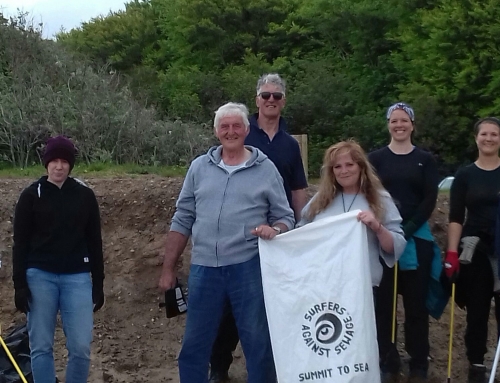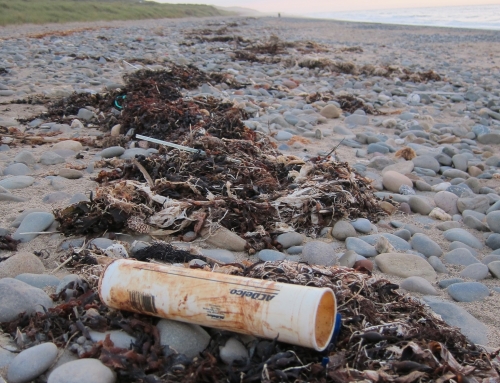Sand Bay Beach Clean-up – November 2018
If you’d like to join me on one of the future beach clean-ups then contact me for future dates.
The world is currently producing nearly 300 million tons of plastic each year – a significant amount of which will end up in the oceans.
Unfortunately, although plastic is a useful product, many of these products are created for single-use – with an estimated 50 per cent of plastic used once and thrown away.
Not only is this harmful to the environment and the oceans, but it is also harmful to wildlife – where it impacts nearly 700 species in the ocean, and humans.
According to the Ocean Conservancy, plastic has been found in more than 60 per cent of all seabirds and 100 per cent of sea turtle species.
Ingesting plastic has life-threatening effects on wildlife – and this plastic eventually ends up being digested by humans.
Brits who consume fish are at risk of consuming 11,000 fragments of plastic each year, according to a recent Belgian study.
Click the screen below for The Latest Facebook Live Video
What plastic can be recycled?
Currently, only nine per cent of the world’s plastic is recycled – a problem because most plastics are not biodegradable and typically take more than 400 years to degrade.
And it never fully degrades, rather it breaks down into smaller and smaller pieces that are eventually ingested by marine life.
Single-use plastics are the worst offenders and include plastic bags, food packaging, and straws.
How can we fix this?
While a complete solution to the plastic problem is likely years away, small changes can make a big difference.
Choosing to forgo straws, as many restaurants have begun to do, lessens the plastic waste and protects wildlife.
Switching to reusable bags when shopping can also make a difference – as single-use plastic bags are a large part of the problem.
And knowing the proper way to recycle common plastics is necessary if humans want to keep plastics from the ocean.







